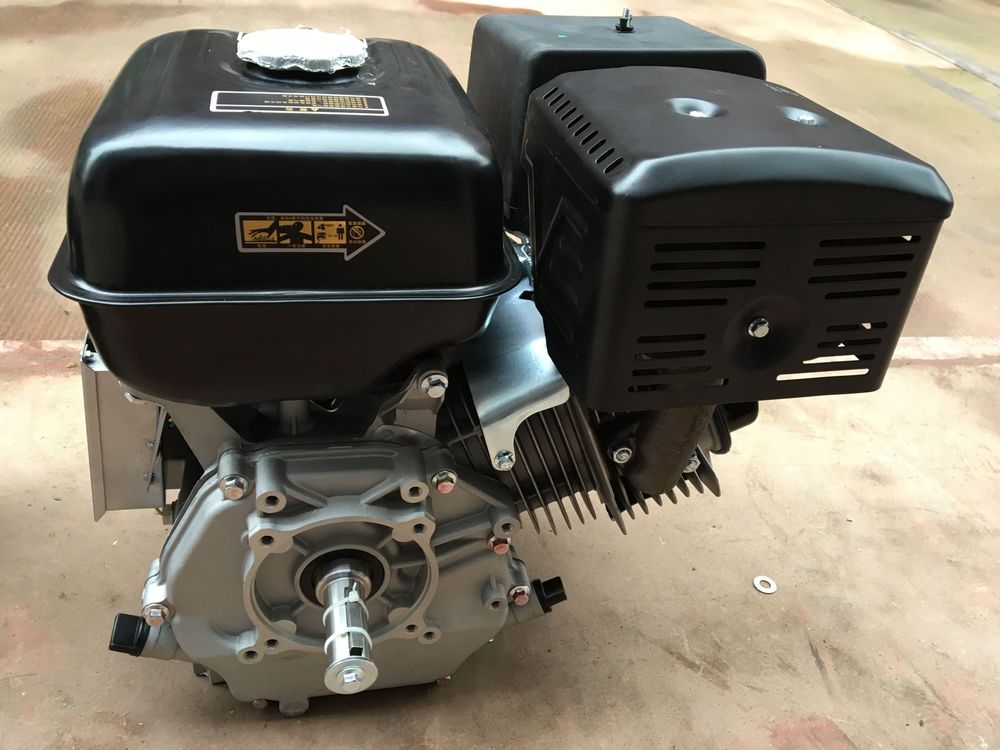An engine whose framework doesn’t move is called a stationary engine. These engines are used to drive immobile equipment, such as generators, pumps, factory machinery or mills. The term stationary engine usually refers to huge immobile reciprocating engines, principally internal combustion engines and stationary steam engines. Other large power sources that are also immobile, like gas and steam turbines and large electric motors are categorised separately.
These devices were once widespread in the era when every mill, factory and farm generated its own power, and the power transmission was done via gear trains, belts, clutches and line shafts (mechanical power transmission). However, since electricity was discovered and became widespread, the application for stationary engines has declined. Nevertheless, it is not obsolete. Additionally to stationary engines, portable engines which can operate in one place and then be moved to another are also technically stationary. However, for clarity’s sake, the term “stationary engine” is reserved for the ones that are permanently immobile.

Nowadays, most stationary engines for sale, as well as the ones you can find for a regular price, are powered by electricity, which wasn’t always the case. Before electricity and the formation of nation-wide power grids, they were mainly used for small-scale electricity generation and operated on high-speed reciprocating steam engines and steam turbines. In the more rural areas, they were powered by gasoline and petrol.
Petrol and gasoline engines were cheaper to buy, easier to install and operate since they could be stopped at a moment’s notice to meet demand. Leaving them unattended for longer periods of time didn’t require engineering staff to maintain and operate either. Because of their economy and simplicity, hot bulb engines were extremely popular for high-power application until diesel engines replaced them in the 1920s. Smaller units were usually powered by spark-ignition engines which were considerably cheaper to buy and required less space to install.
Most western countries shifted to large-scale rural electrification after World War II, which made individual generating plants unnecessary and useless for front-line use. However, even in the more advanced countries, petrol and gasoline stationary engines can be found in pumping stations and hospitals for emergency use. These engines form a crucial part of the national electricity system’s strategy for dealing with periods of high demand.
To summarize, stationary engines are immobile devices which can be powered by different means. The most popular means of power nowadays are petrol, diesel and electricity. They used to be necessary in rural areas in the past, when the nation-wide power grids didn’t exist, yet the demand was high. Many old-fashioned stationary engines are still in use in places where the demand might be high and the electricity isn’t reliable. When looking for stationary engines for sale, it’s best to look online at all the different models available before venturing in an agriculture store and buying one without looking at all the different specifications and features it has.











